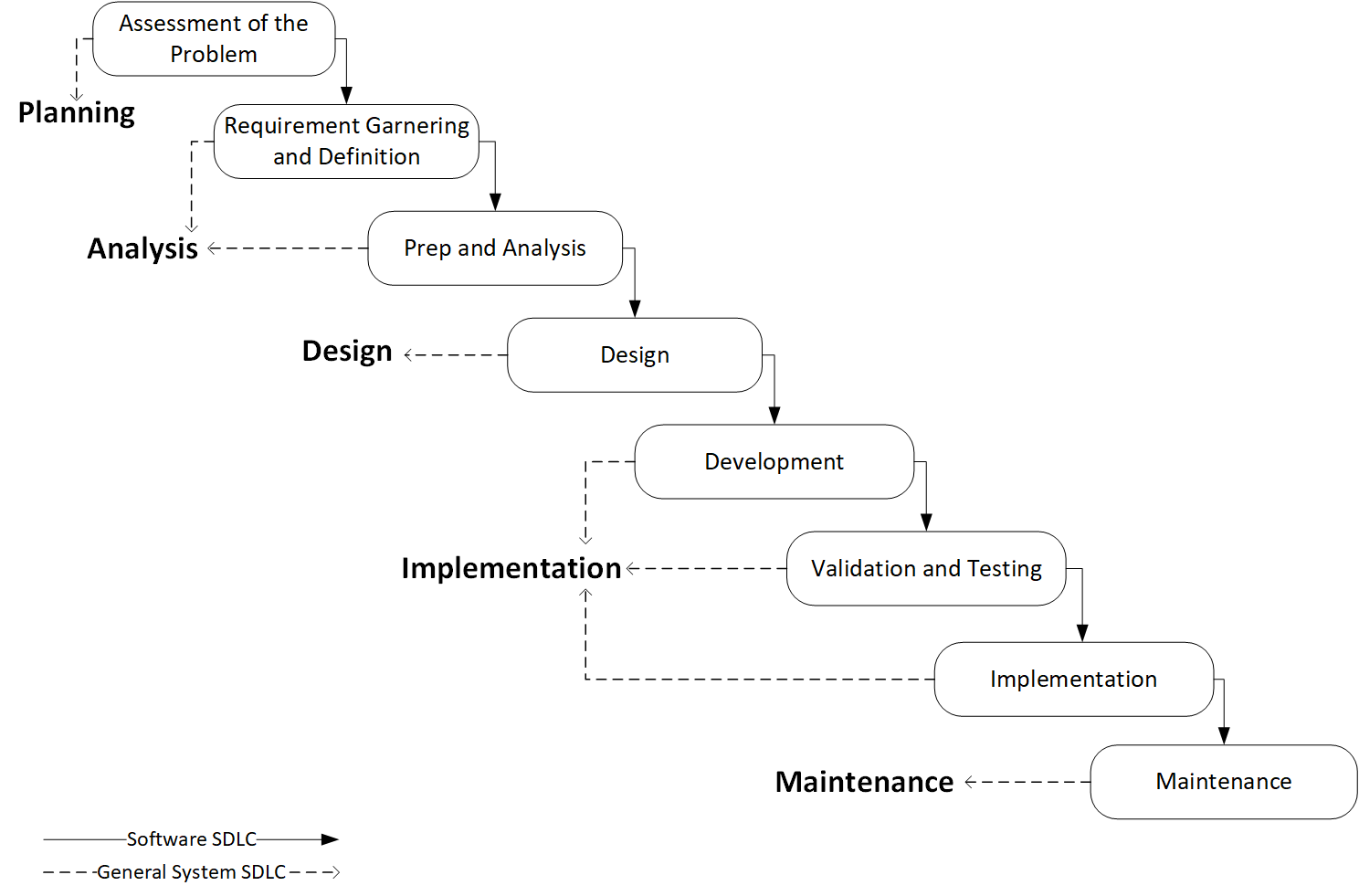- A/B Testing
- Agile
- Automation
- Blue/Green Deployment
- Build
- Canary Release
- Chaos Engineering
- CI/CD
- Cloud-Native
- Code Review
- Configuration Management
- Container
- Continuous Testing
- DevOps Culture
- Docker
- Environment
- Feedback Loop
- Idempotence
- Immutable Infrastructure
- Infrastructure as Code (IaC)
- Infrastructure Monitoring
- Jenkins
- Kubernetes
- Microservices
- Monitoring
- Pipeline
- Post-Mortem Analysis
- Provisioning
- Release
- Repository (Repo)
- Rollback
- Scalability
- Shift Left
- Smoke Testing
- Source Code Management (SCM)
- Vagrant
- Version Control
- Virtual Machine
Agile is a software development methodology that emphasizes flexibility, collaboration, and customer-centricity. Unlike traditional waterfall methods, Agile adopts short, iterative development cycles known as sprints, allowing teams to adapt to changing requirements and feedback quickly. Within each sprint, cross-functional teams work on a prioritized set of features, frequently engaging stakeholders and end-users to ensure alignment with business needs. Agile methodologies such as Scrum, Kanban, and Lean promote transparency, continuous improvement, and shared ownership, fostering a responsive and innovative development culture. Tools like JIRA, Trello, and Slack support Agile processes, enhancing communication, tracking, and efficiency.

Use Cases
Rapid Prototyping of a Minimum Viable Product (MVP)
- Objective: Quick development of a reduced set of features that form a usable version of the product to validate the market fit.
- Scope: Identification of core features, iterative development, and early user testing.
- Advantage: Agile allows for frequent reassessment and adaptation of design and requirements.
Continuous Integration and Continuous Deployment (CI/CD) in DevOps
- Objective: Achieve a seamless pipeline from development to deployment by integrating Agile methodologies with DevOps tools.
- Scope: Automated build, testing, and deployment processes; Agile sprints tied to version releases.
- Advantage: Agile fosters a culture of collaboration and responsiveness, enabling DevOps teams to adjust swiftly to new requirements.
Application of Microservices Architecture
- Objective: Decouple an application into a collection of loosely-coupled services.
- Scope: Individual services can be developed, deployed, and scaled independently.
- Advantage: Agile development is inherently modular, making it well-suited for microservices development and management.
Regulatory Compliance in Healthcare Software
- Objective: Adapt software in accordance with legal requirements like HIPAA in the U.S. or GDPR in the EU.
- Scope: Incorporate changes to data encryption, user authorization, and auditing.
- Advantage: Agile accommodates changing requirements efficiently, even in a heavily regulated environment.
Legacy System Modernization
- Objective: Upgrade outdated systems with minimal service interruptions.
- Scope: Incremental redevelopment and migration to a modern technology stack.
- Advantage: Agile provides risk mitigation by allowing partial deployments and rollbacks, offering a structured way to deal with the complexities of system modernization.”